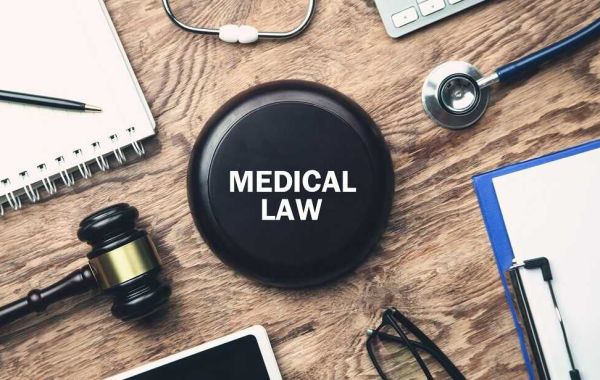Medical record summaries are chronologically ordered summaries of the critical information from the medical record that support the victim's claim. It includes details on the personal injury claims, who, why, what, when, and where. These summaries were written specifically for personal injury attorneys who lack time to review medical records thoroughly and are unfamiliar with all the technical terms used in medicine.
The truth is that unless you are a medical specialist, it is hard to have a comprehensive grasp of the medical terms, even though years of experience in personal injury lawsuits can help Attorneys learn some of them. At this point, the need for medical record summaries and medical record summary service providers increases.
Elements of medical record summaries are the date of injury, the cause for the damage, diagnosis, the details of the treatment providers and the date of the treatments, the treatment plan, medications, and referrals, prognosis, deciphering the medical terminologies, the explanation of medical terms is attached for reference. It is written in complete form at the beginning of medical summaries.
The things to take into account when creating a medical record summary are the Chief complainant, medical history, diagnoses, and treatment plan, Progress notes, nurses’ notes, consultations, and diagnoses study Discharge summary, Prescribed medications, and Follow-up advice from medical professionals.
Types of summaries for medical records are comprehensive chronologies, narrative summaries, and chronological summaries- timelines and charts that emphasize the therapies used within the relevant period. A deeper examination of the medical record summary might show various mitigating variables.
The summaries of the medical records are regarded as the case overview. It includes all the patient's medical data in chronological sequence. It aids the jury's comprehension of the severity of the harm. The lawyer can also use it to project the case's claim value. Using this summary, the attorney bargains with the at-fault party to resolve the claim's financial demands without going before the jury.
The attorney utilizes the medical record summary as his defense against any exaggerated allegations of past injuries made by the at-fault party. The summaries of the claimant's medical records will include all their injuries and treatments. Therefore, no unfounded allegations are permissible. For more information, see LezDo techmed’s other blogs: medical chart review, medical narrative summary, medical chronology, and medical error.







